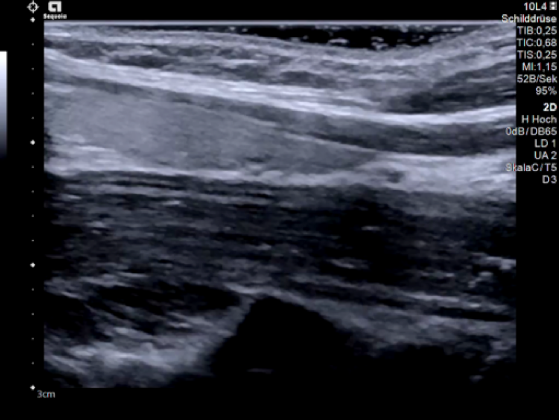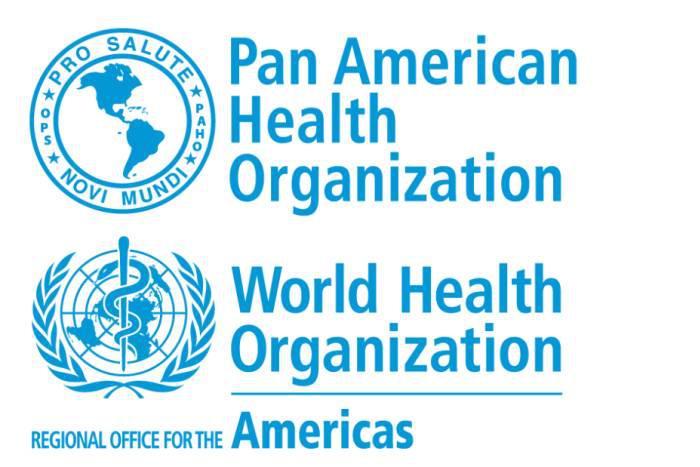Francis Weill, professor of radiology and medical imaging at the University of Besançon, France, passed away on August 19, 2018, at the age of 85, after a long, spirited battle against cancer.
Francis was born and raised in Strasbourg, Alsace-Champagne-Ardenne-Lorraine, France in 1933. He was the grandson of a famous rabbi, Ernest Weill, and was the second son of Joseph Weill, MD, who specialized in the diagnosis and treatment of diabetes. Alsace is a province located on the eastern border of France, which has been under both German and French control for centuries, with often conflicting influences. Francis’s youth was marked by the Second World War. Fortunately, in 1943, most of his family succeeded in crossing the border into Switzerland, where they remained safe until the end of hostilities.
Francis Weill earned graduate degrees in medicine at the University of Strasbourg. He was rapidly attracted by a new discipline emerging at that time, radiology, and entered his residency with the top score in his graduating class. He was the first of his generation in Strasbourg to enter a radiology residency and fellowship, under the supervision of Professor Charles Gros and the chairmanship of Pierre Warter.
In 1966, Francis took a position as associate professor at the University Hospital of Besançon, the capital of Franche-Comté, a province south of Alsace. Chief of the Department of General Radiology, he was promoted to full professor in 1978. He established an internationally renowned school of imaging, with an emphasis on diagnostic ultrasound. As a pioneer he introduced France to this nascent technique, which he discovered through an article published in 1968 in the British Journal of Radiology by Professor Ian Donald from Glasgow, Scotland. He bought his first machine in February 1969 and attended with passion the First International Ultrasound Meeting in Vienna a few months later.
Some of us will always remember the young Professor Weill trying to convince skeptical French radiologists that this “large, round area without any black dots” was a renal cyst. However, after this initial phase, ultrasound developed quickly, and most of us in Europe and abroad learned ultrasound from his personal teaching or from his books, which were translated into English. He organized a famous annual meeting dedicated to ultrasound at his university, to which he invited experts and young clinicians from many countries.
As a clinician, Professor Weill, along with Professors Thérèse Planiol and Léandre Pourcelot from Tours, contributed widely to the establishment of the French Society of Ultrasound in 1972. Thereafter, he successively presided over the European Federation for Ultrasound in Medicine and Biology from 1984 to 1987 and the World Federation for Ultrasound in Medicine and Biology (WFUMB) from 1988 to 1991. He always fulfilled the responsibility of international scientific bodies in teaching physicians from all around the world, mainly in less-developed countries, and in 1991 strongly supported the admission of the Mediterranean and African Society for Ultrasound to the WFUMB. He was twice elected as president of the medical community of his academic hospital in Besançon (1976–1985 and 1991–1993).
While retired, he remained very active and wrote 15 books on his family history and various aspects of religions. He actively contributed to the dialogue between Jewish and Christian communities while fighting against all forms of fundamentalism. A sentence often quoted by Francis comes from the book of Job: “God has given, God has taken away. May the name of God be praised!” For decades, he had enjoyed walking and skiing across the scenic countryside of Franche-Comté and Switzerland with friends or by himself.
Francis Weill will long be remembered and revered by those who worked under and with him. His contribution to the development of clinical ultrasound is enormous. His kindness, dedication and constant curiosity made him a faithful friend to many radiologists and clinicians.
Francis lost his beloved wife Sonja several years ago. Both are survived by their son Jean Marc and daughter Anne, as well as two granddaughters.



